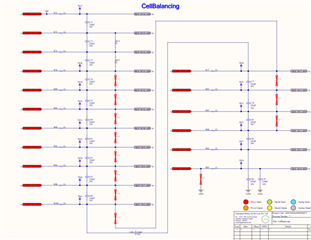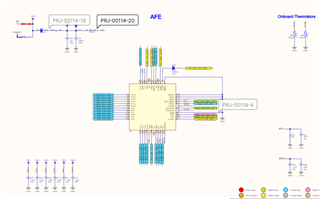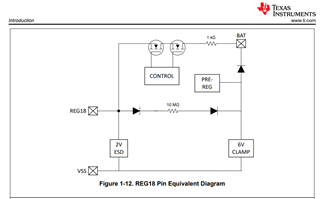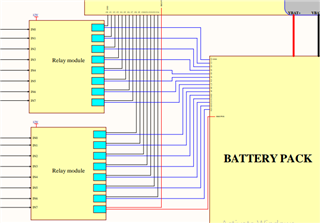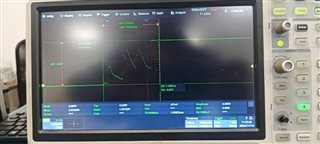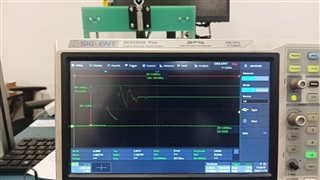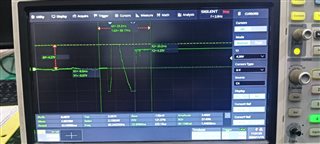Other Parts Discussed in Thread: SEGGER
Tool/software:
Hi Team,
We are using BQ76952 IC with STM32L452 microcontroller.
Do we have any connection sequence for the cell voltages from C0 to C16 and powering the IC to VBAT to be followed while powering up the BMS board.
Here is the failures inspected:
We are following a connection sequence.
1. Connecting the overall positive to the BMS as the GND is common for all.
2. Connecting the C0-C7 first at a same time.
3. Connecting the C8-C16 second at the same time.
4. Flashing the micro with the segger JLINK.
Sometimes following this we have observed the Micro is unable to read the device ID of AFE over I2C communication lines, which we used as a first step in order to go ahead in next set of line code.
We have observed the REG1.8 is nearby 0.4V, 0.3V, 0.9V, 1.3V it means the AFE is not working.
I have replaced the AFE and it starts working.


